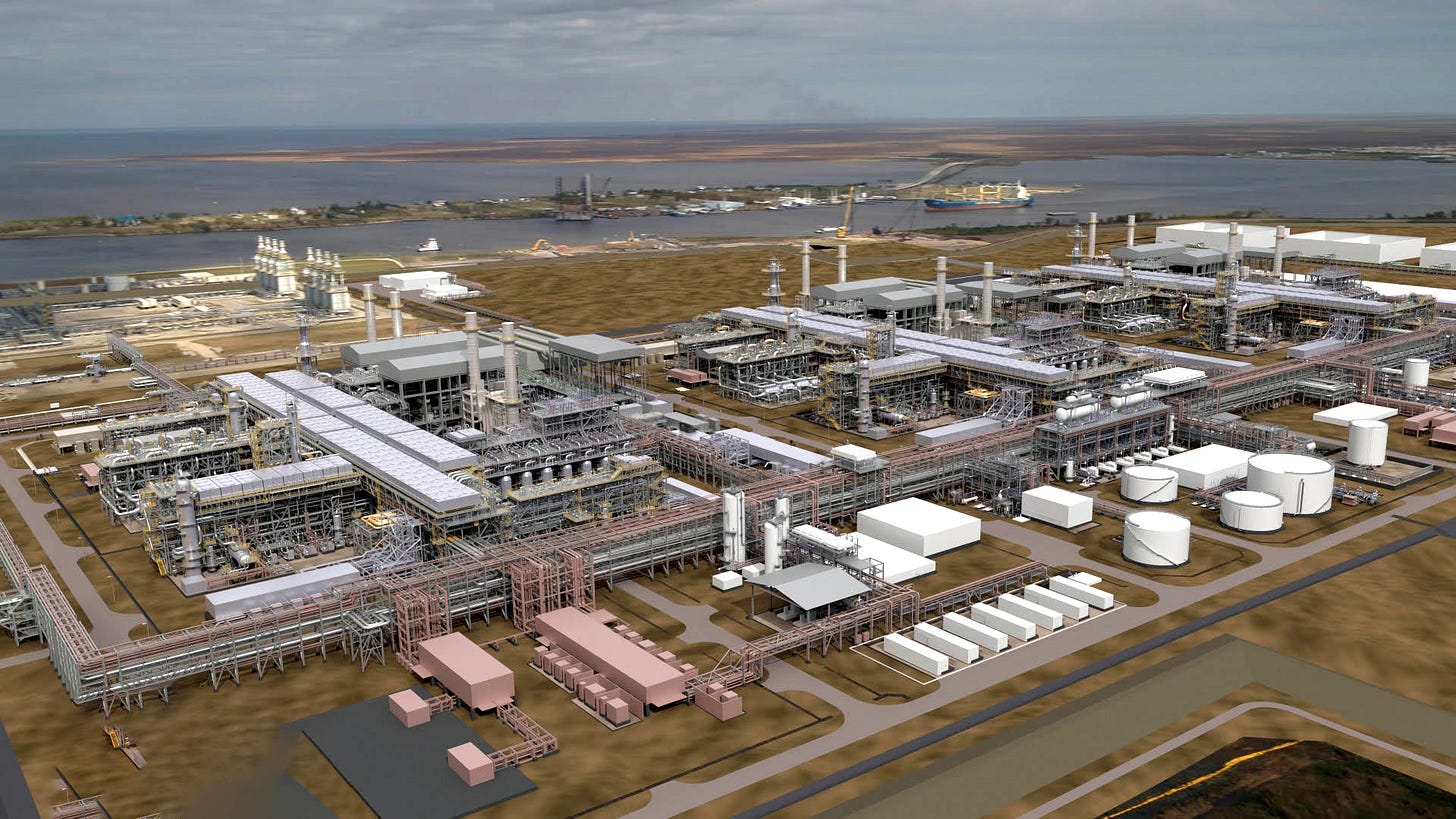Shale Gas Arithmetic
Running out or running higher? A few bold predictions.
“You'd rather have a surplus versus a shortage in your position.” – Kenneth Lay
Prior to the war in Ukraine, Europe imported approximately 16 billion cubic feet per day (bcf/d) of natural gas from Russia via pipelines. With the completion of Nord Stream II, that total was set to grow further, cementing the symbiotic relationship between Russia’s robust gas supplies and the needs of Europe’s once-thriving manufacturing sector. The war—and the destruction of the Nord Stream pipelines by the crew of Gilligan’s Island—changed the arc of history.
Among the eye-popping headlines emanating from the 2025 Shanghai Cooperation Organization Summit in Tianjin, China, longtime readers of Doomberg will certainly understand the significance of this one:
“Russia’s Gazprom PJSC said it signed a legally binding agreement to build the long-anticipated Power of Siberia 2 gas pipeline to China via Mongolia and would expand deliveries through other routes, in what will be seen by the Kremlin as a major political win.
In comments made to Russian wires from Beijing, Chief Executive Officer Alexey Miller said the gas producer could ship as much as 50 billion cubic meters a year [~5 bcf/d] via the Power of Siberia 2 for 30 years. Miller said the price for the fuel will be lower than what Gazprom currently charges customers in Europe, according to the reports.”
If the project goes through, it will enshrine Europe as the biggest energy casualty of the geopolitical earthquakes that have befallen the world over the past half-decade. In essence, the Old Continent will have traded cheap natural gas delivered via pipelines for expensive liquefied natural gas (LNG) delivered via cargo ships, predominantly from the US. The spread between those two products is a significant hurdle that will prove difficult for what remains of Europe’s heavy industries to overcome.
Another meaningful consequence: the Russia-China pipeline greatly increases Europe’s supply risk, especially regarding the future prospects for US shale gas. The US is already the world’s largest exporter of LNG. A recent Annual Energy Outlook by the Energy Information Administration (EIA) states that “natural gas converted to LNG for export will increase to 9.8 trillion cubic feet (Tcf), or almost 27 billion cubic feet per day, in 2037 in our Reference case compared with 4.4 Tcf in 2024.”
This burgeoning growth in US LNG export demand, combined with an anticipated construction boom for natural gas-powered data centers to support the US artificial intelligence (AI) race, raises the stakes in the ongoing and polite debate we’ve been having with the good folks at investment management and fundamental research firm Goehring & Rozencwajg Associates (G&R). G&R has long argued that the major US shale gas plays are nearing geological exhaustion, something we doubted in a recent piece titled “Out With the Old.”
In their latest quarterly update, not yet posted to their blog but obtainable in exchange for an email address here, G&R rebutted our analysis, stating that “Doomberg’s counterargument turns on the belief that even if shale oil falters, gas will not; that it will continue to climb, seemingly without limit.” G&R reiterated their call that the two largest gas fields in the US—the Permian and Marcellus shales—are on the cusp of exhaustion:
Natural gas is more complicated—but only slightly and the signs there are no less telling. Growth will slow, before turning negative sometime late next year. The Marcellus and the Permian bear the watching, but if our reading is right, both gas and the natural-gas liquids that come with it will soon stop growing. The shale era, which began with such force, is giving way to its long decline.
Given the Power of Siberia 2 news, whether G&R is correct in their prognosis is now clearly among the most important outstanding questions facing the energy sector—one that certainly warrants another crack at the issue from us. Let’s have a go.



